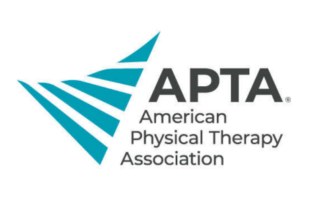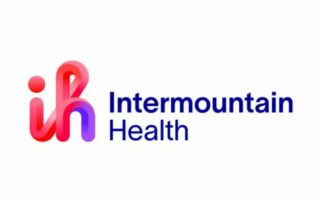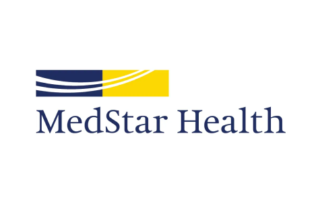The Alliance for Connected Care aims to:
Demonstrate the importance of Connected Care as a tool for improved quality and efficiency.
Build significant and high-level support for Connected Care among leaders in Congress and the Administration.
Enable more telehealth to support new models of care.
Lift geographic and site restrictions for telehealth in Medicare.
Establish a consensus-based, standardized definition of Connected Care to advance with policymakers.
Alliance News
Annals of Internal Medicine: Use of Telehealth Among Medical Visits in the United States: Results From the 2021 Medical Expenditure Panel Survey
Annals of Internal Medicine: Use of Telehealth Among Medical Visits in the United States: Results From the 2021 Medical Expenditure Panel Survey Researchers from the Agency for Healthcare and Quality (AHRQ) found that while only 9.6 percent of health care visits occurred via telehealth, 43.2 percent of those visits were consultations with psychiatrists. In the mental health care domain specifically, telemedicine has shown to be a great asset in improving equity and access for patients. The findings from this study underscore the critical role telehealth has played, and continues to play, in the delivery of mental health services. [...]
JAMA Oncology: Assessing the Environmental and Downstream Human Health Impacts of Decentralizing Cancer Care
JAMA Oncology: Assessing the Environmental and Downstream Human Health Impacts of Decentralizing Cancer Care This study assessed potential reductions in greenhouse gas (GHG) emissions and downstream health harms associated with telemedicine and fully decentralized cancer care. In this cohort study including 123 890 patients seen over 1.6 million visit days, compared with an in-person–preferred care model, a telemedicine preferred–care model reduced per–visit day emissions by 81.3%. In a national counterfactual model comparing usual vs decentralized care (telemedicine as well as local site care when possible), there was a 33.1% reduction in emissions, which corresponded to an annual emissions reduction of [...]
JAMA Network Open: Navigating Remote Blood Pressure Monitoring—The Devil Is in the Details
JAMA Network Open: Navigating Remote Blood Pressure Monitoring—The Devil Is in the Details In this invited commentary, authors respond to Mehta et al, which compared the effectiveness of remote patient monitoring of blood pressure and medication adherence reminders. The authors applauded the study’s strengths, but emphasized the importance of adding implementation context. The authors note that the study was conducted prior to the rapid expansion of RPM technologies, partly driven by the COVID-19 pandemic in 2020. Additionally, the authors note that team-based care models that delegate RPM implementation to nonphysician practitioners, such as nurses or clinical pharmacists, is essential [...]
JU Open Plus: Telehealth in Urology Beyond COVID-19
JU Open Plus: Telehealth in Urology Beyond COVID-19 Implementation of telehealth accelerated during the COVID-19 pandemic. As we move toward the post-COVID-19 era, clinical practice has demonstrated a need for updated policies and quality improvement to solidify the role of telehealth in the urology care setting. The American Urological Association (AUA) Workforce Workgroup and Telehealth Taskforce found that telehealth increased patient access to care by 51.6 percent, and 54 percent of urologists expressed desire to continue using or increase utilization of telehealth. Barriers continue to exist, especially concerning payment parity.
Health Resources and Services Administration (HRSA): Nursing Workforce Dashboard
Health Resources and Services Administration (HRSA): Nursing Workforce Dashboard According to the National Sample Survey of Registered Nurses, 57 percent of nurses reported using telehealth in 2022, up from 50 percent in 2018. HRSA also maintains an interactive data dashboard that compares 2018 and 2022 survey responses in key areas, including nurse employment, work environment, and job satisfaction. The data indicates that a greater number of nurses are now utilizing telehealth to improve clinical efficiency and reduce nurse burnout and turnover.




















